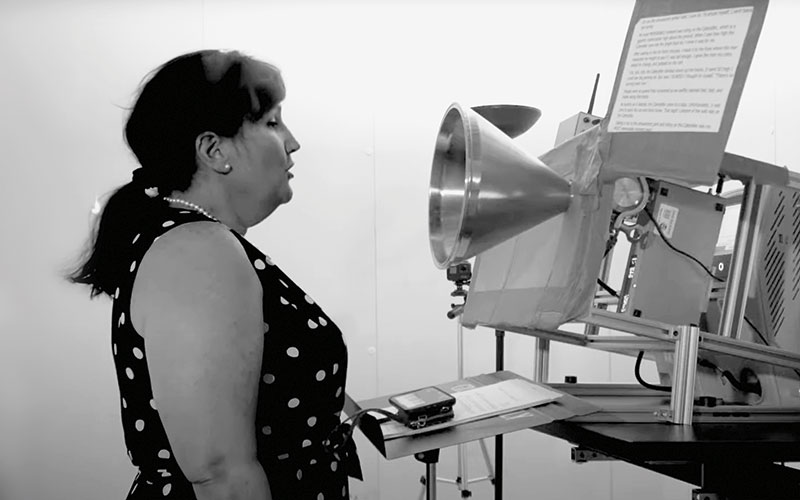Singing produces 77% more aerosols than talking; adults produced 62% more aerosols than minors; and males produced 34% more aerosols than females.

These are the key findings from recent research that sought to determine the extent to which singers and actors emit aerosols (and whether those emissions could be quantified).
The technology centrepiece of the study was an aerosol testing chamber in which up to 100 volunteers, ranging in age from 12 to 61, sat or stood in the chamber and sang or talked while equipment captured and measured the respiratory particles they were producing.
The researchers found that while there were differences between how many particles were emitted by minors (children aged 12–18) vs. adults, or males vs. females, those differences were largely driven by participants’ voice volume and total exhaled carbon dioxide.
This means a man might produce more particles by talking normally compared with a 12-year-old child; but the child singing or yelling might produce more than, or as many as, the man.
John Volckens, the study lead and Mechanical Engineering Professor, said these observations are important because they lend credence to the idea of measuring carbon dioxide levels and noise levels in an enclosed space as a means to gauge transmission risk.
